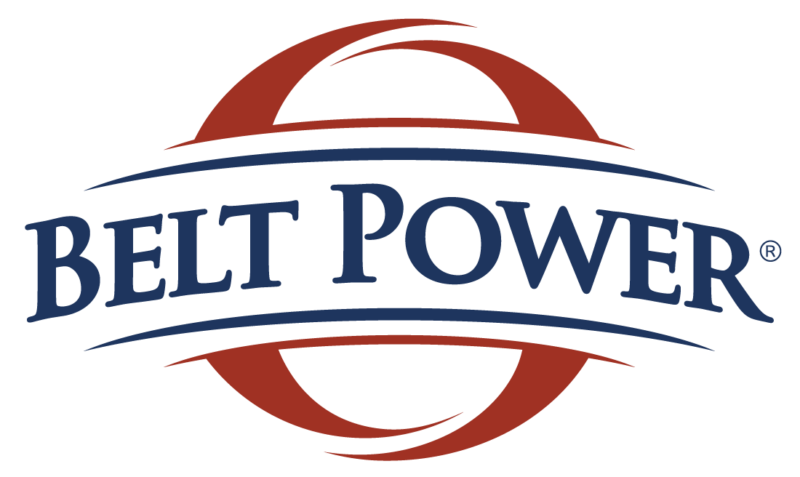- About
- Products
- Fabrication
- Services & Repairs
- Industries
- Manufacturers
- Resources
- Careers
- Contact
Many manufacturing, processing and packaging applications call for laced conveyor belts that can be disconnected and removed for maintenance, repair, and replacement. Unlike endless splicing, laced conveyor belts are fitted with mechanical conveyor belt fasteners to form the continuous loop required for operation. To make the right fastener choice for lacing new conveyor belts or repairing of existing belts, consider the belt’s material and application. Specific types of belts are fabricated to accept certain types of fasteners. Selecting the correct fastener, squaring the belt, and correctly installing the lacing are the keys to smooth, safe performance and maximum productivity. Belt Power carries several conveyor belt fastener options such as stainless steel, high-tensile steel, plastic, and Megalloy.
Your belt’s characteristics will determine which lacing fastener should be used. If you need to replace the fastener, examine your conveyor system and relay the following information to Belt Power:
Armed with these three numbers, consult Belt Power’s Conveyor Belt Fastener Selection Chart to compile a list of conveyor belt lacing types that could work with your application. Choose wisely to give yourself the best chance to maximize production time.
Squaring the conveyor belt assures the ends are straight and even, making them more receptive to the lacing. Proper squaring ensures that conveyance stresses are distributed across the entire width of the lacing, keeps the belt tracking correctly, and reduces noise and wear. Here’s how to do it:
Wide belts used in baking and other operations are best measured with a laser square. Belt Power offers a high quality Flexco laser belt square that uses magnetic guides and edge-finding pins to locate the true center of the belt. Lasers then mark the cut location.
Each fastener type has its own installation procedure:
Bolt solid plate sizing chart >
Alligator staple sizing chart >
Clipper wire hook sizing chart >
Plastic spiral lace sizing chart >
Belt Power can fabricate belts to match any lacing option for both lightweight and heavyweight lace. Fabrication allows the lacing to integrate with the belt itself, often lying beneath the belt surface to deliver smooth performance.
The fasteners are configured into a variety of conveyor belt lacing types designed to present the most efficient, durable, and user-friendly solutions for splicing belts used in any industry and for any application. Using incorrect fasteners on your conveyor belt can hinder productivity and potentially lead to critical failures that cause significant downtime and even serious injury. Belt Power has the equipment and the know-how to make your conveyor belt squaring, lacing, and installation process run flawlessly. For advice and ordering, contact Belt Power’s experts today.
